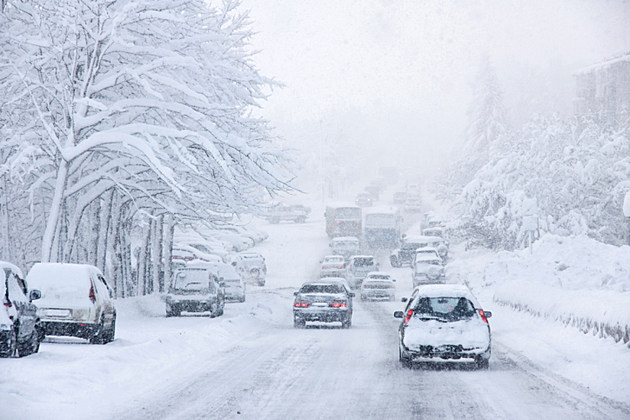
Farmer’s Almanac Predicts ‘Unusually Wet and Snowy’ Winter in WA, OR, CA
The Farmer's Almanac is a publication that so many rely on to tell us how the seasons will be. Not just a weather forecast for tomorrow or even next week, but months in advance based on current events. Although, sure, nobody can be 100% right, Farmer's Almanac is usually pretty close to right-on-the-money.
So, what about this winter in the Pacific Northwest? Will it be unseasonably warm? Maybe no snow at all? Or maybe it'll snow and melt immediately. Perhaps we'll have a snowstorm so bad that it'll make 1996 look like a walk in the park?
Well, Farmer's Almanac is predicting it'll be extra wet this winter season.
An unusually snowy and wet winter is also predicted for the Pacific Northwest. Should an El Niño materialize, it could direct the subtropical jet stream into California, translating into copious amounts of rain and snow across the entire Southwest.
What does that mean for us? Well, I guess we'll know more closer to time but with extra snow and rain that could mean bad news for our rivers with flooding concerns. On the flipside, could mean great news for our skiers and snowboarders with all that new stuff on White Pass and surrounding areas.
I've noticed we've been having some wet falls these past couple of years where October is about perfect 'harvest' season, then our November going into December have just been wet. Like, damp wet with the leaves and roads and all that. Maybe more of that? We'll find out soon enough.
Be prepared, either way.
